Search Results for Tag: species
When a glowing cockroach meets a blue-balled monkey
Each year, on the birthday of Carolus Linneaus (also known as Carl von Linné), who was a great Swedish botanist of the 18th century, the International Instiute for Species Exploration at the Arizona State University releases a top 10 list of last year’s new discovered species.
2012 must have been a great year for taxonomists (these guys give the new species their names), because the list offers some very special creatures such as a glow-in-the-dark-cockroach, a comb-shaped sponge or the world’s yet smallest frog.
The ten species have been choosen from a list of 140 nominees that have been take from a list of 18.000 named species in 2012. So are they more important then the others? Of course they are not. But they probably are more able to raise public awareness on the biodiversity crisis then others.
See yourself if it works. The scishow on youtube has done a very fast and funny video about that list which is definitly worth a look.
At least the list is a very welcome change in the usual news reports on the eco-system. Not everything here has to be doomy all the time. But, of course, the habitats of the new discovered species are not automaticly secured. Most of them are already threatend and just a few steps away from extinction.
Read those lists where you find them. They are important.
Bizarre but valuable: Top 10-list of new species 2011 draws attention to biodiversity
Short time ago the International Institute for Species Exploration at Arizona State University anounced their picks for the top 10 new species described in 2011. It’s the fifth time in a row that attention-grabbing species have been nominated to open the world’s eyes for “the biodiversity crisis and the unsung species explorers and museums who continue a 250-year tradition of discovering and describing the millions of kinds of plants, animals and microbes with whom we share this planet,” as Quentin Wheeler, an entomologist who directs the International Institute for Species Exploration at ASU, said.
When you have a look at the gallery below you will have to admit that this year’s list is quite exquisit. It’s members come from Brazil, Myanmar, the Dutch Caribbean, South Africa, Papua New Guinea, Spain, Borneo, Nepal, China and Tanzania. You will find a sneezing monkey there, a beautiful but venomous jellyfish, an underworld worm and a fungus named for a popular TV cartoon character.
The nominations had to be “species that capture our attention because they are unusual or because they have traits that are bizarre,” said Mary Liz Jameson, an associate professor at Wichita State University who chaired the international selection committee. At the institute’s website you will also find a Google world map that pinpoints the location for each of the top 10 new species.
Mapping the world’s plant and animal life
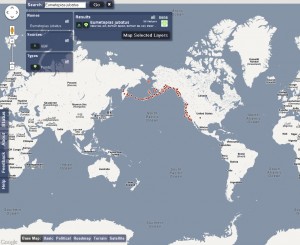 This can become one of the most interesting projects for people who are interested in nature, biodiversity and, of course, the impact climate change on our environment. A team of researchers from Yale and the University Colorado at Boulder have an unbelievable idea. Their plan is to map the distribution of all plant and animal life on earth. This May they have started a demo-version of their Web-based “Map of Life“.
This can become one of the most interesting projects for people who are interested in nature, biodiversity and, of course, the impact climate change on our environment. A team of researchers from Yale and the University Colorado at Boulder have an unbelievable idea. Their plan is to map the distribution of all plant and animal life on earth. This May they have started a demo-version of their Web-based “Map of Life“.
The google maps based tool will be growing constantly, the researchers say. Right now it presents over 25,000 different species of terrestrial vertebrates and North American freshwater fish. But even in this state of being the idea comes crystal clear where this map is going to be within the next months. “Map of Life” uses data from field guides, museums, citizen scientists and groups like the Global Biodiversity Information Facility, the International Union for the Conservation of Nature and the World Wildlife Fund.
Right now it’s possible for the users to search by species, viewing a map of all known distributions, or to view a list of all species records in a specific range of any spot on the map.
The developers also provide a blog to inform about the newest developments on the map.
New brazilian land law softens environmental regulations, WWF alarmed
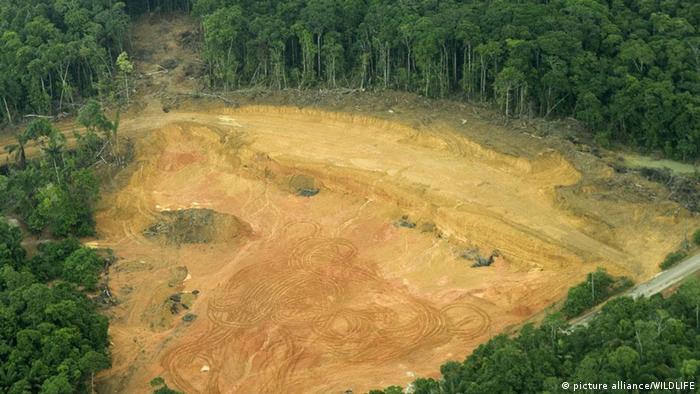 The Brazilian parliament has adopted a new, hotly-debated land law. Environmentalist fear that it puts the country’s rainforest, one of the world’s richest, at high risk.
The Brazilian parliament has adopted a new, hotly-debated land law. Environmentalist fear that it puts the country’s rainforest, one of the world’s richest, at high risk.
Large landowners and peasants benefit from the law, because it eases existing restrictions: landowners are no longer bound to reforest riverbanks, for example, and environmental regulations have also been softened.
![]() read more
read more
Biodiversity Threat

One of our planet’s greatest treasures is its incredible biodiversity: from oceans and jungles to deserts and swamplands, we’re lucky to have such a rich variety of animal and plant species. But environmentalists warn that climate change is rapidly eating away at the world’s biodiversity, especially in coastal regions and rainforests.
One of the answers to that problem has been creating protected habitats. According to a recent report from the Marine Ecology Progress Series, more than 100,000 protected areas – representing about 7 million square miles of land and 1 million square miles of ocean – have been designated in the last five decades.
But despite those conservation efforts, the diversity of species is falling, and fast. That makes one thing clear: creating protected habitats won’t be enough to slow the loss of biodiversity on our planet. Environmentalists say it will take a much bigger effort – and everyone will have to get involved.



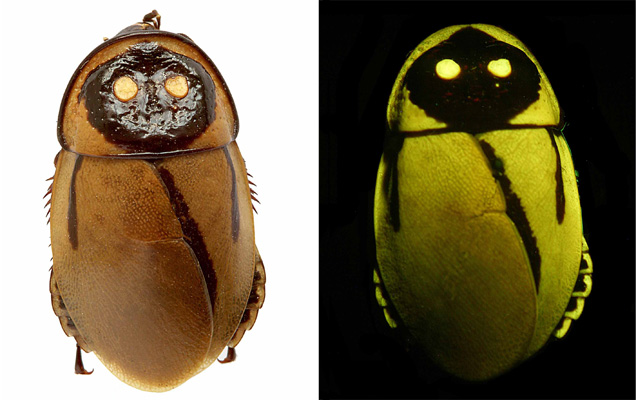

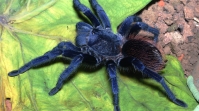
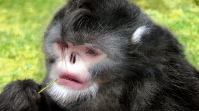
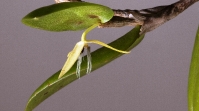




Feedback